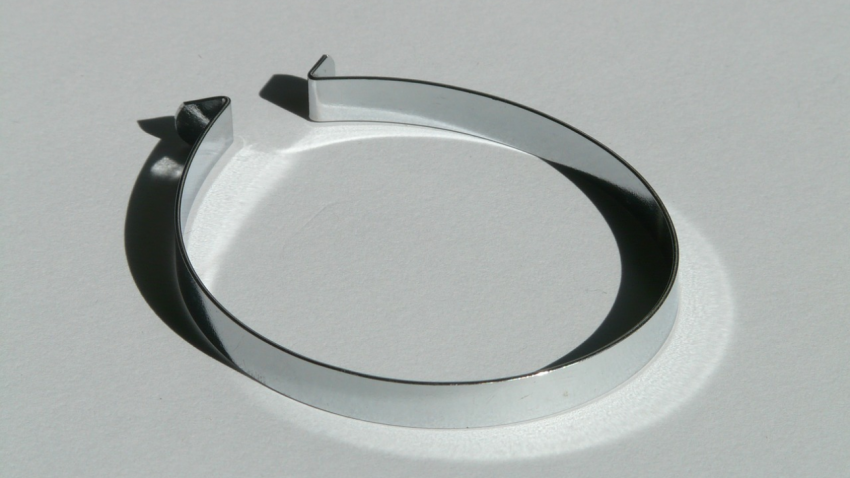A hose clamp is used to attach and secure a hose onto a fitting such as a barb to prevent leakage of fluids at the hose connection and ensure stability. This is done by pressing the hose down and exerting equal pressure to seal any gaps that may allow the internal fluids to exit. The hose clamp is commonly used in moderate or low-pressure environments where a quick repair or replacement is needed. Therefore, it is one of the essential types of plumbing equipment in the home and is also utilized in automotive applications.
Generally, there are four different categories of hose clamps. This includes a screw/band, spring, wire, and ear hose clamp. Each of these hose clamps is used differently depending on the specific type of hose and attachment at the end of it. Let’s look at the different hose clamps available so that you can choose the most appropriate hose clamp for your everyday plumbing jobs or industrial use.
1. Band/Screw Hose Clamp
Band or screw clamps are often used to fasten hoses onto fittings so they don’t easily move or slide off. Whether you want to fix your swimming pool pump, connect some exhaust pipes, or repair your home’s water and drainage system, band clamps are just what you need. They come in different sizes; hence you must take the required measurements before purchasing any hose clamps or plumbing equipment.
2. Spring Hose Clamp
Also known as pinch clamps, spring clamps come in handy when making minor repairs and are preferred owing to their firmness, ease of use, and durability. They can be used in gluing, painting, assembly, and fastening projects and are a piece of must-have plumbing equipment. Much like the band and spring hose clamps, the ear and wire hose clamps are used in different contexts and vary in shape, diameters, sizes, and materials. In addition, there are other forms of hose clamps, such as the O clip, which is popularly known for its flexibility and affordability and is ideal for assembling simple hose pipes carrying air and fluid.
Here are some tips on how to take care of your hose clamp. Don’t over-tighten your clamps to avoid pressure imbalance. Choose fitting hose clamps of an appropriate size, go for quality hose clamps and ensure proper installation to avert safety risks.
Contact us today for more information on how helpful a hose clamp can be.


